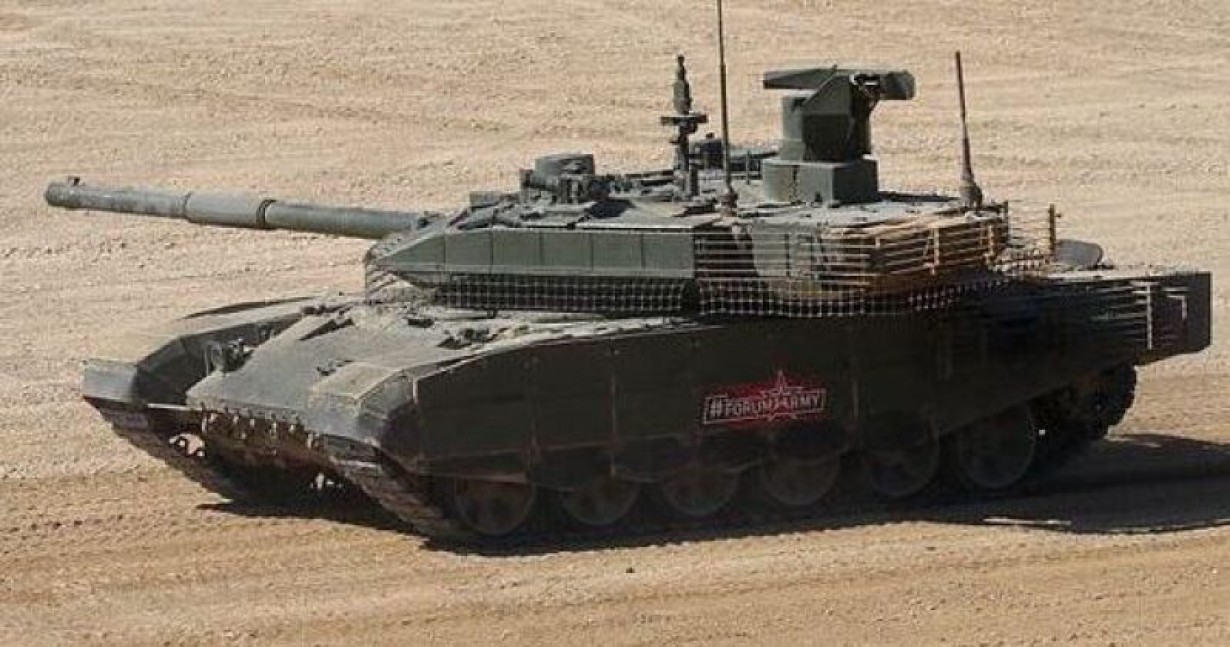Despite the strain on the Russian military-industrial complex due to Western sanctions, its defense industry appears to have successfully produced a substantial quantity of critical weapon systems.
In 2023, the Russian Armed Forces received a substantial influx of military assets, including more than 1,500 tanks and 22,000 drones, reported TASS, citing Russian Defense Ministry end-of-year papers.
The disclosed papers indicate a sufficiency level of over 84%, encompassing shipments of over 1,500 tanks, over 2,200 armored combat vehicles, more than 1,400 rocket and artillery vehicles, and over 22,000 unmanned aerial vehicles.
Beyond this, the Armed Forces took delivery of over 12,000 automobile vehicles, with a notable portion—over 10%, or 1,400—being armored. Several high-ranking Russian officials have also previously underscored the intensified production of weapon systems.
On September 19, Russian President Vladimir Putin addressed the state of Russian defense production during a meeting of Russia’s Military-Industrial Commission in Izhevsk.
Putin announced a significant increase in the production of battle tanks and armored vehicles, noting a doubling of output from January to August 2023 compared to the same period in 2022.
He highlighted that the production of some highly sought-after weapon systems had tripled during this timeframe. Putin’s statements followed expert evaluations in the West, which suggested a substantial surge in Russian arms manufacturing that exceeded pre-2022 levels.
Some reports even argued that Russia is currently on track to produce over two million artillery shells annually, doubling the average production rate before the full-scale invasion of Ukraine by Moscow.
Similarly, in October, Russian Security Council Deputy Chairman Dmitry Medvedev highlighted Russia’s heightened production across all weapon types.
He declared, “The production of weapons and special equipment of all types is increasing manifold: from tanks and guns to high-precision missiles and drones. Brace yourself!”
Medvedev also dismissed claims of imminent shortages, cautioning against placing too much trust in analyses suggesting that Russia would soon exhaust its military equipment and widely used weapons. “Don’t hold your breath,” he advised when addressing such speculations.
Russia Keeps Its Defense Production Line Running
The war commenced with a formidable Russian arsenal, presenting a substantial numerical advantage over the Ukrainian armed forces. Initially, there was a perception that Russia would swiftly win the war.
However, the toll of the war on Russia has been significant, both in terms of human casualties and material losses. Moscow’s notable increase in tank production appears to directly respond to the considerable setbacks faced in the protracted conflict.
In the early stages of the war, insufficient planning on the part of Russian forces resulted in notable tank losses, particularly during the ill-fated assault on Kyiv.
A large number of tanks and armored vehicles were destroyed as they advanced in a convoy on roads north of the capital. Despite possessing a substantial number of tanks, Russian forces have struggled to exploit them for a decisive advantage in Ukraine, resulting in considerable losses in tank warfare.
Nonetheless, replacing lost equipment poses additional challenges for Russia, as crucial components for advanced weapons systems, including main battle tanks, aircraft, and missiles, traditionally relied on critical imports from the West.

Allied sanctions and export controls have restricted Russia’s access to these vital items, affecting its ability to manufacture advanced weaponry for its armed forces.
Despite these constraints, Russia has demonstrated adaptability to Western sanctions by establishing sanction-evading supply chains.
To find alternative suppliers, Russia has prominently shifted its focus towards China, Iran, and North Korea. Since 2022, China has played a significant role by supplying Russia with millions of dollars worth of semiconductors, drones, and other goods with dual-use capabilities.
However, a significant decrease in Russian arms sales has been reported as the country’s defense sector realigned its focus, prioritizing the supply of resources for its troops in Ukraine.
This shift has consequences, with the defense sector experiencing a substantial reduction in revenue, adding financial strain to the already stretched Kremlin budget.
To sustain operational capacity, the Kremlin has tapped into its contingency fund to support the functioning of factories. Consequently, Russian spending is now primarily directed toward military efforts, leaving scant resources for other crucial necessities.
- Contact the author at ashishmichel(at)gmail.com
- Follow EurAsian Times on Google News




